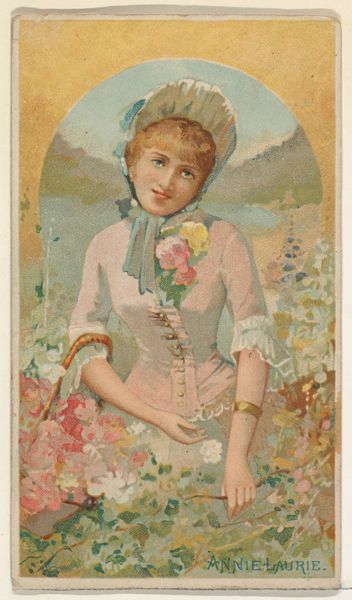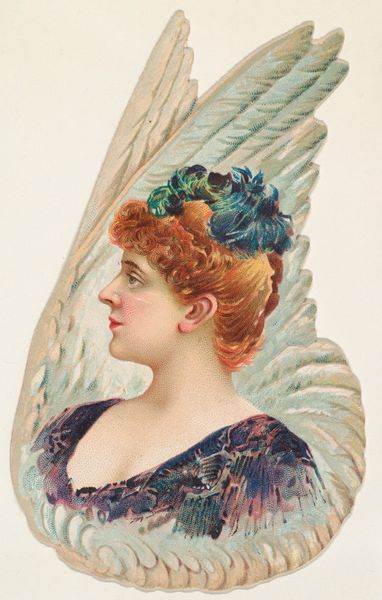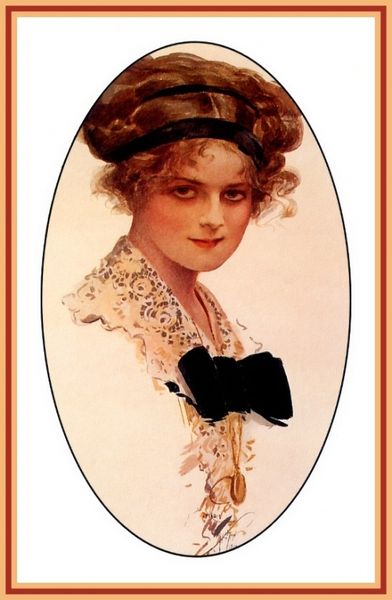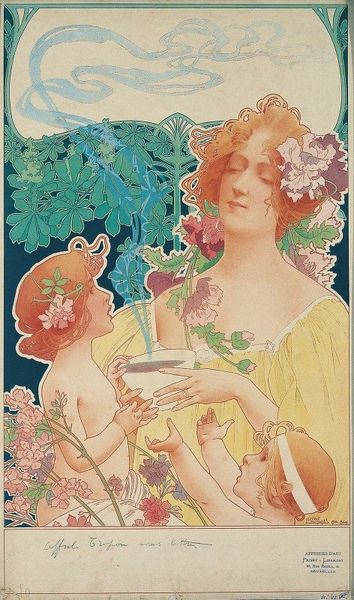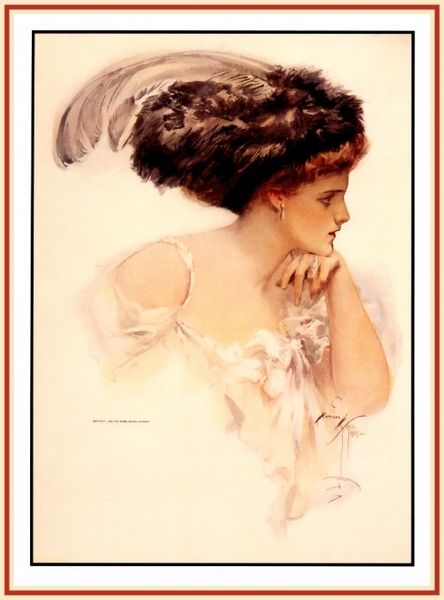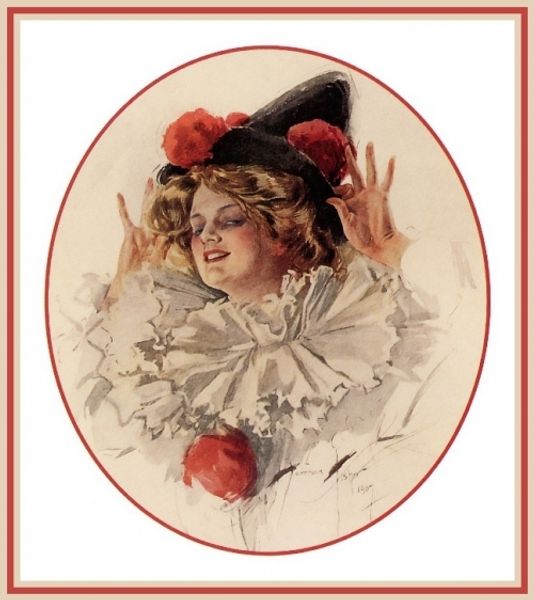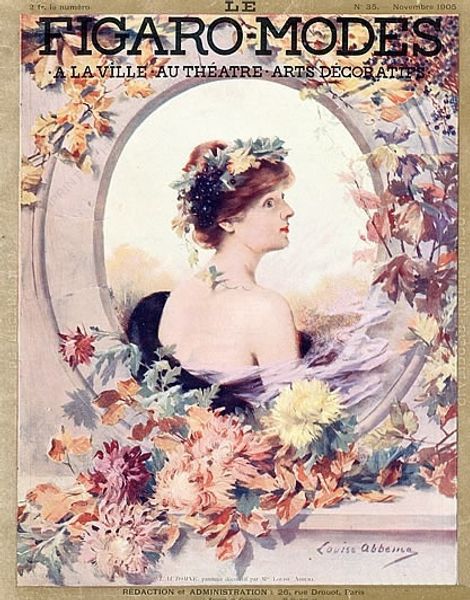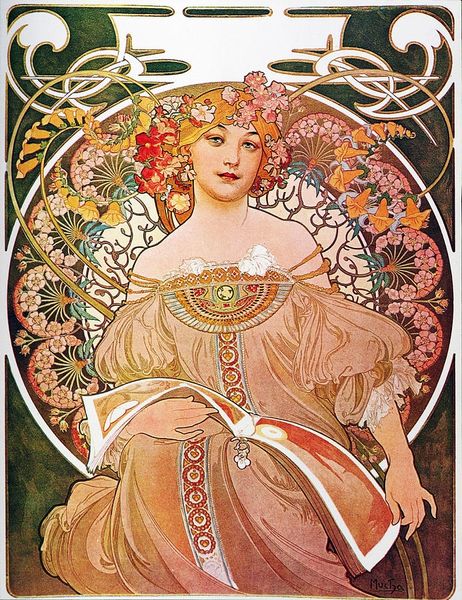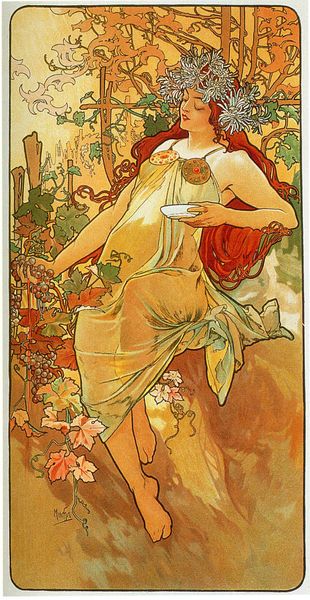
watercolor
#
portrait
#
water colours
#
figuration
#
watercolor
#
romanticism
#
genre-painting
#
academic-art
#
watercolor
#
rococo
Copyright: Public domain
Curator: Louise Abbéma, a prominent figure in the Parisian art scene, rendered this artwork. Though we lack a specific creation date, its stylistic elements suggest a late 19th-century origin. It's entitled "Femme au médaillon fleuri," or "Woman with Floral Medallion," and is realized with watercolors. Editor: My first impression is how light and airy it feels. The pastel palette and fluid brushwork give it an almost dreamlike quality. It feels deliberately sentimental, even saccharine. Curator: It certainly speaks to the aesthetic preferences of the era. Abbéma, as a woman artist achieving recognition within the established salon system, navigated a complex social landscape. Her paintings, particularly her portraits, often celebrated women in positions of elegance and leisure, aligning with the cultural ideals and expectations. Editor: The composition is quite interesting. We have this central female figure framed by a floral garland, set against what seems like a stone or plaster background. The addition of the two cherubs feels like an allusion to classical sculpture and imagery but rendered with that romantic sensibility you mentioned. The woman's soft gaze is quite captivating. The way she's looking directly at us really holds your attention. Curator: Indeed. This direct gaze, common in portraiture, creates a relationship between the subject and viewer. And, in this instance, with Abbéma painting a contemporary woman, the artwork acts as both a mirror and a construct – reflecting aspirations of beauty and virtue of the women of her time and promoting particular standards. The watercolor medium adds a certain ethereal quality which also invites contemplation. Editor: Looking at the flowers, the cherubs and soft focus; it's like she's packaging sentiment. But isn't that also Abbéma's sharp read on how art becomes popular? Curator: That's the critical tension. Was she consciously constructing these visions, or complicit in their reinforcement? Certainly her art resonated with the upper echelons of Parisian society. That popularity speaks volumes, I think. Editor: A final note from me, looking at the brushwork, Abbema achieves subtle effects by allowing washes of watercolor to pool and blend, especially in rendering the texture of the skin and fabric. I also love the translucency of the cherubs wings. It almost shimmers. It's beautiful work. Curator: This close visual inspection of Abbéma's technique definitely showcases her abilities with watercolor; it helps ground the grand historical and societal factors, and reminds us this work stems from individual craft and artistry.
Comments
No comments
Be the first to comment and join the conversation on the ultimate creative platform.
